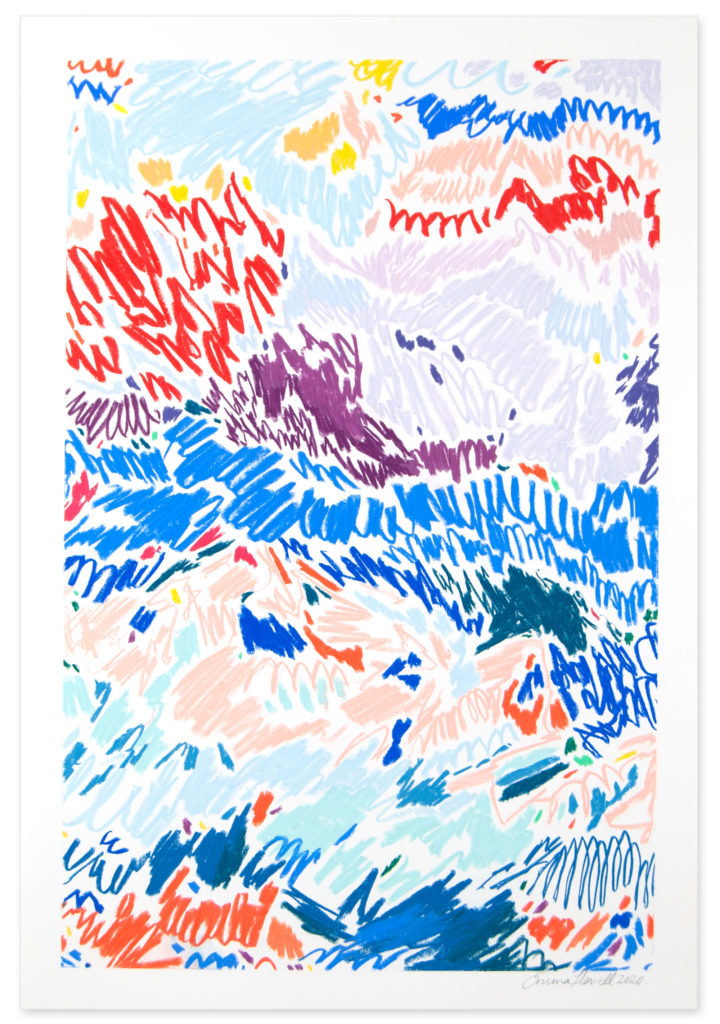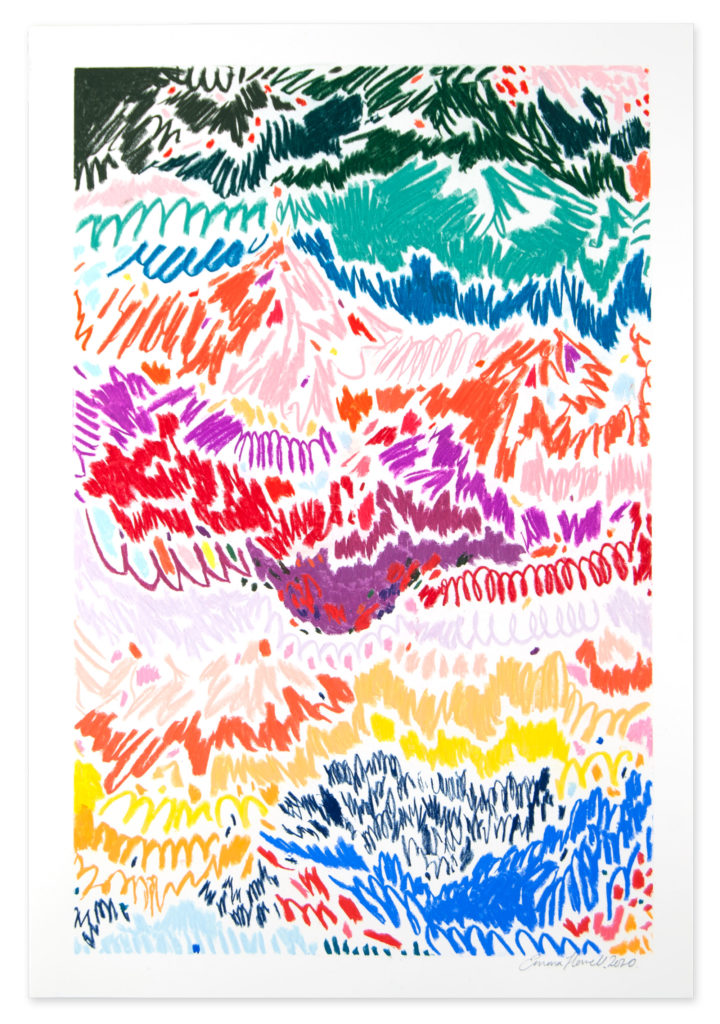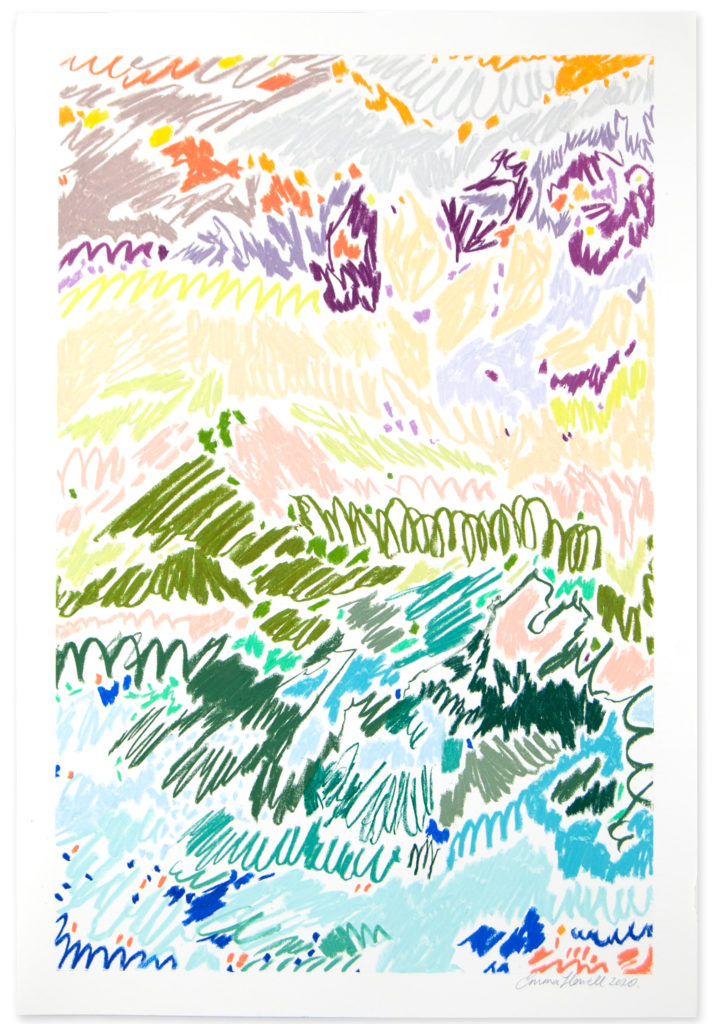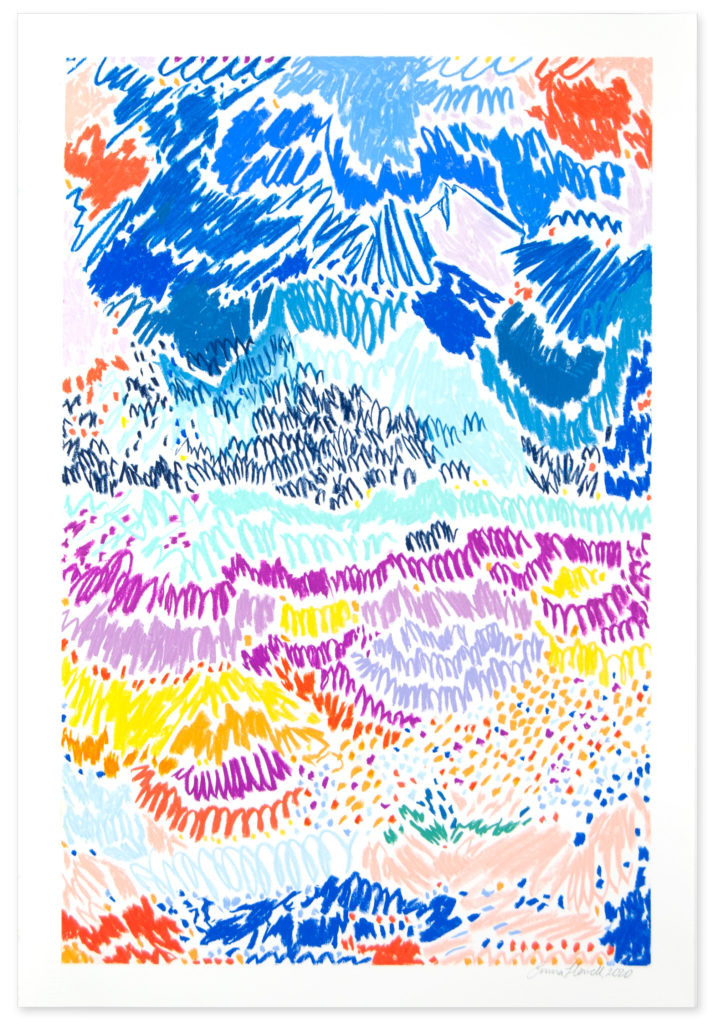Emma Howell
21 June, 2020
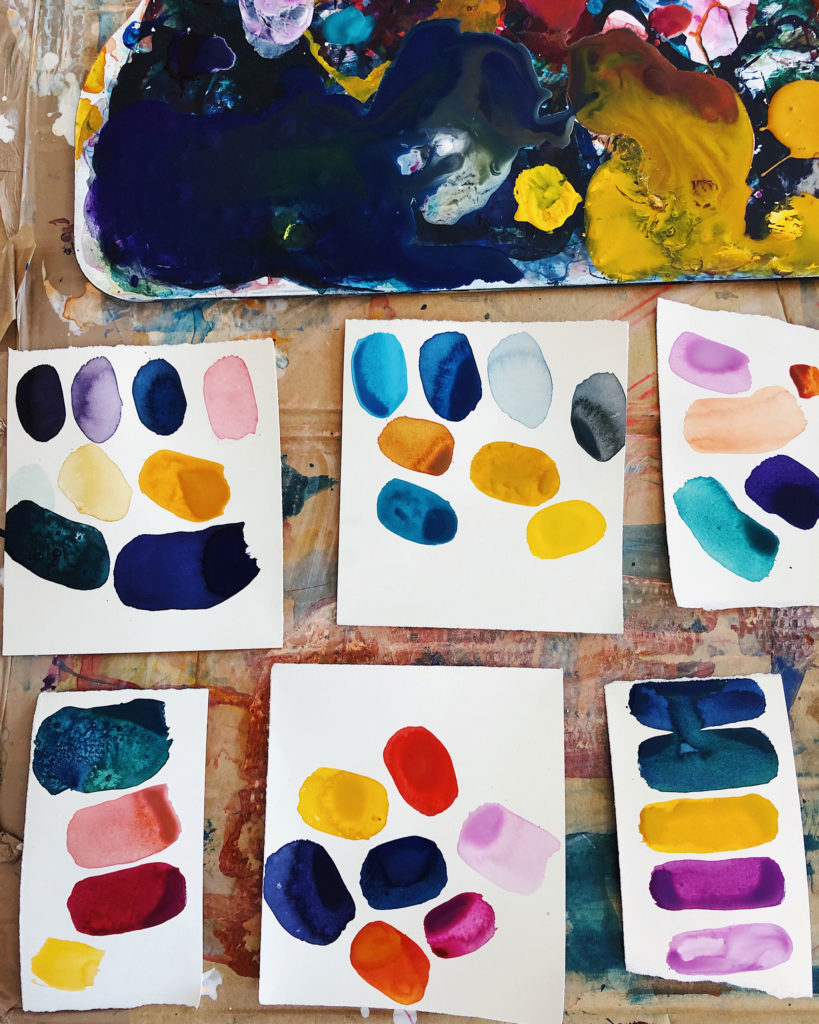
Making Art / Talking Art was the name of one of my modules back when I was studying Fine Art at art school. The module focused on the “critical reflection, discussion and knowledge exchange, through various methodologies of integrating theory and practice”. So, we’d essentially sit in groups (along with our art critics/tutors) and discuss each of our practices in detail, ensuring we were able to keep in tune with our work and maintain confidence in articulating the physical, emotional, professional and ideological aspects of our practice as serious artists.
I woke up this morning thinking about this module.
At the time, I think I was too immersed in the actual making of artwork that group discussions like this were hard to grasp. I remember some days when I didn’t have much to say because of some underlying attitude and constant yearn to just make and not talk. Thankfully, towards the end of my final year, I found a comfortable path to walk down and I graduated with a better sense of who I was as an artist.
Knowing what I know now, and working as the artist I am today, has made me realise just how in tune I am with my work now and just how out of tune I was when I was trying to pinpoint where I belonged in the art world back at university.
You’re trying to fit in.
You’re trying to be edgy and you walk around feeling like you need to prove something to the high authority art figures in the big cities. In doing this, you’re losing touch with your own authenticity and you’re working for them instead of yourself. Hence why art school isn’t always necessary to become a successful artist. In some ways, you could say it’s detrimental to the discovery of your true innate creativity – especially if you’re just trying to tick boxes to break into the London art bubble. I’m getting a bit too deep here.
The art world is evolving.
And as it pairs with the digital world, the professional work of an artist is starting to be in our hands – and not the hands of art critics, high-end galleries, good connections and global publicity (although these obviously help). Our practices are whatever we want them to be, and it’s our duty to tell the world about it.
But what about our art’s value and reputation?
Doesn’t it make you wonder why some other artist’s work matters more than others? Surely, we all have the same agenda – to create. It’s quite often the galleries, critics, magazines, brands, celebrities and political movements that still give artwork its value. Artwork can be quickly produced, with no story and unappealing colour schemes (obviously subjective) and still be worth thousands if it’s put under the right spotlight.
I find it crucial that I’m the one who initially gives my work its value and reputation. I’m so overprotective and emotionally attached to my work that I feel it’s my duty to proclaim its value. Perhaps in the future, I’ll work with others and my reputation will evolve – but right now, it’s in my hands.
Our practice is such a significant part of our lives.
Heck, sometimes it totally envelopes my life. Some nights, I’ll wake up at a ridiculous hour, check my emails and respond to a message from a collector in a different time zone. Or I’ll start to fall asleep and then suddenly come up with an idea for a social media post, so I’m back on my phone with Jon huffing in the background. Or I’ll crouch over our kitchen island making work for hours on end, proceeding to worsen my back pain and headaches. My practice is essentially the epitome of my existence. Wow – deep again.
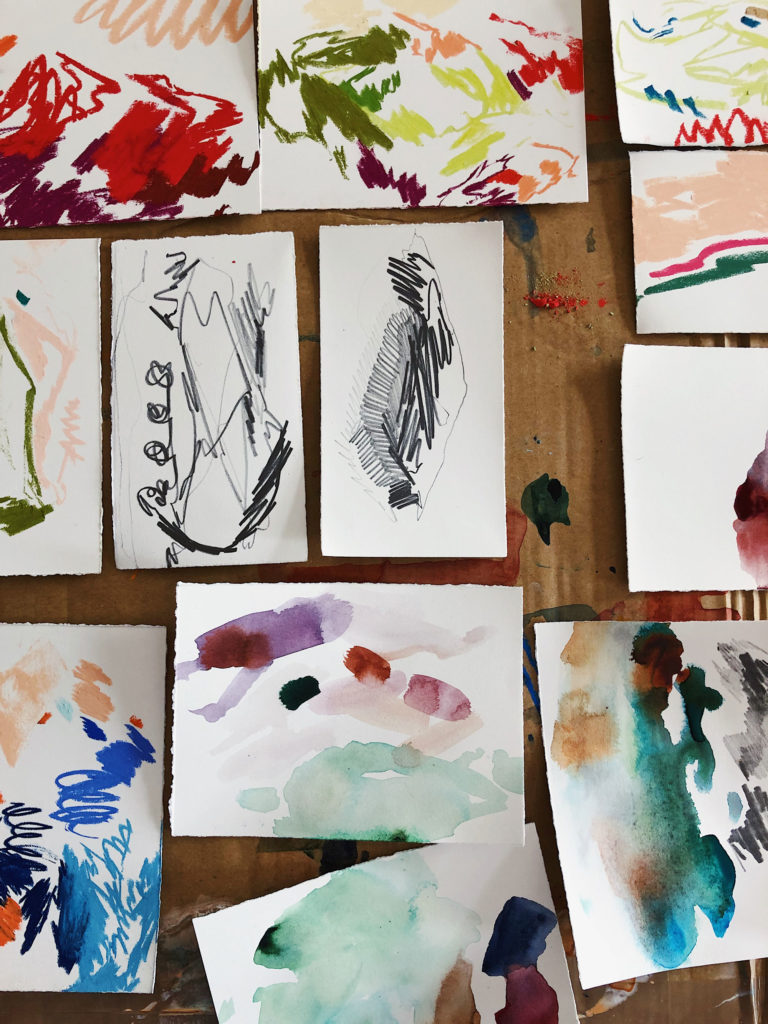
My work is my Dad’s legacy.
Most of you will already know why I’m an artist today and how I got here. But for those of you that don’t, I’ve committed to my work as an artist to keep my Dad’s legacy alive.
He passed away on September 9th 2016 – after his initial doctor’s appointment for a slight cough, we had 6 weeks to say goodbye. He had metastatic colon cancer and his diagnosis was only finalised the day after he passed away. So, our lives were completely flipped upside down. You can read my story on more detail over on this blog post.
He was an insanely talented bass player and made sure to be in charge of his own life from the get-go. He worked for himself, had his own way of navigating life and wouldn’t let anybody stand in his way. Well, apart from his wife and kids. He fell in love with my Mum and her ankles when they were 18 – and he dedicated his whole life to giving his family the best life he possibly could. So much so, he’d work in his music shop all day and play in his bands all night. He was always working – for us.
And with reflection, two things he used to say to me often go through my mind: “life’s a bitch and then you die” and “work for yourself because being boss is king”. Now, the pessimist in me (inherited from my Dad – thanks) is totally enticed by the first statement – it makes me wallow, which I love to do. But my sheer determination and desperation to succeed for my Dad allows me to ignore it. Instead, I take his latter advice and be the boss.
So, as you can imagine, my work is extremely valuable to me. Every single piece that is displayed in your homes, offices, cafés and galleries is an attempt to share his legacy around the globe. We can no longer hear his musical talent, which is one of the most heartbreaking things for me. So, in some ways, I like to embrace my artwork as a raw translation and extension of his unbelievable talent that we can no longer experience.
Raw marks and perception characterises my work.
Authenticity, spontaneity, remedy and honesty are words that identify my practice. As an artist, I keep my head down and constantly ask myself what I want to create and why I want to create it. And I’d say for the last year or so, I haven’t hunted for inspiration from any other artist or even thought about it. I’ve been so caught up in my own head and have actually found it to be important to work it all out on my own. This way I can take full credit for my work.
With this in mind – even though my work has an underlying sad reason for its existence, I find it crucial that each piece emits varying feelings of enthusiasm, optimism, true-grit and joy.
Taking the latest four pieces in the It’ll Be Alright collection as an example, I want my collectors and watchers to identify these feelings with help from the raw marks, colour matching and dynamic compositions.
Anyway, to tie up this blog post, I just want to reiterate how important my work is to me – and hopefully, to you.
And I’m so grateful to all of you who continue to support my practice as the bereft, emotional and slightly strange artist that I am.
Thank you for your kindness.

